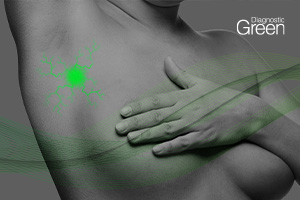Indocyanine green may be a better option in the early management of the vasculitis.
Giant cell arteritis (GCA) can be a devastating disease that leads to vision loss. Researchers in Paris recently proposed an imaging-based approach to diagnose GCA that uses retinal angiography and MRI. They believe patients with visual manifestations and suspected GCA should undergo at least two imaging tests to provide the most accuracy, indocyanine green (ICG) angiography followed by MRI.
The retrospective 41 patient study collected data from patients suspected of having GCA. The researchers conducted and compared fluorescein (FA) and ICG angiographies and MRI. “Keep in mind that MRI presents several interpretation traps (temporal artery atherosclerosis for instance) that can lead to potential misinterpretation and false positives,” the researchers prefaced.
Regardless of the type of dye used, FA achieved good diagnostic accuracy in the study cohort. The researchers suggested steering clear of performing both angiography dyes in the same patient, as there would be no added value. ICG tended to be more specific, whereas FA was more sensitive. In all patients with multiple afferent visual impairments, including anterior ischemic optic neuropathy preceded by transient visual loss, retinal angiography had remarkable sensitivity. Because the team found ICG to be safer than FA, they recommend performing the former in the early management of GCA.
“Considering patients with all types of visual impairments, performing ICG followed by MRI provides a sensitivity of 100% if ICG is mistaken and a specificity of 100% if not,” the researchers wrote in their paper. “This strategy allowed us to reach the correct diagnosis in all our patients.”
https://www.reviewofoptometry.com/article/retinal-angiography-mri-confirm-gca-safely-and-effectively




